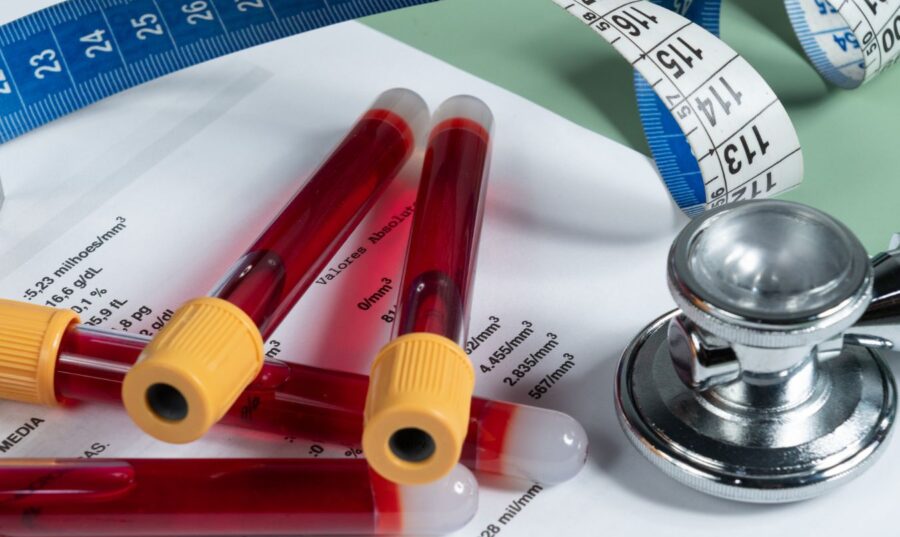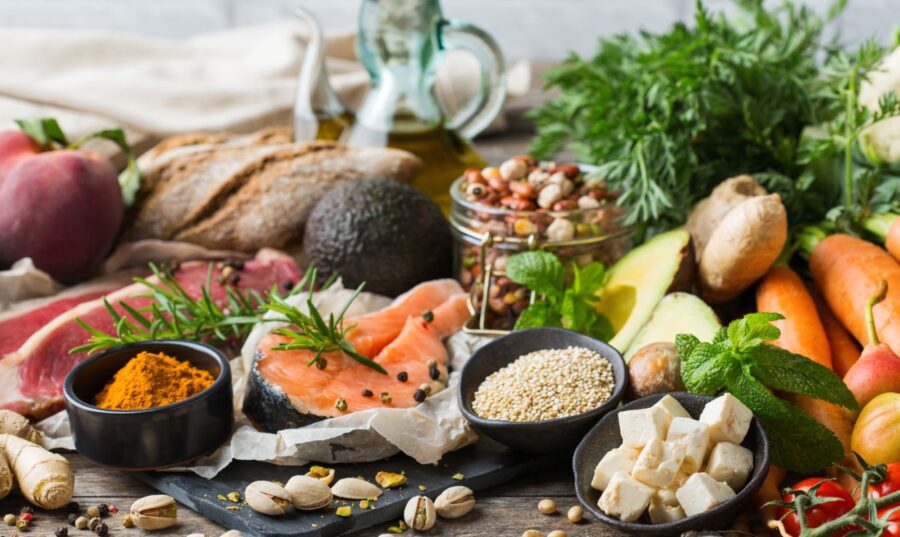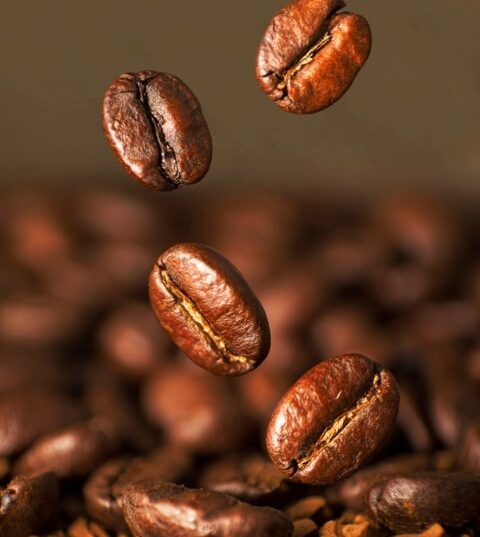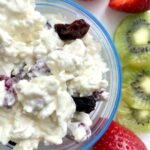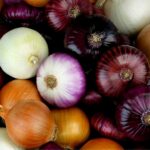|
Getting your Trinity Audio player ready...
|
Phytosterols are nutrients or substances that exist naturally in the plant kingdom. They are part of the biological structure of plants and are cholesterol. When they travel through the digestive tract, they get in the way of animal cholesterol and prevent it from entering the blood.
These substances, by blocking the absorption of cholesterol, force it to be eliminated in the feces. Also, they prevent cholesterol from returning to the liver through bile salts. Instead of clogging the arteries and overwhelming the liver, cholesterol is simply removed.
Many foods have been fortified commercially with phytosterols. For example, margarines, orange juice, chocolate, granola bars, dressings, milk, yogurt, bread and cereals. However, supplements or foods fortified with phytosterols do not offer as many benefits as those found naturally in foods.
Foods with Phytosterols
Foods with natural phytosterols offer a unique combination of nutrients that work together. The main sources of natural phytosterols are found in the following foods.
| Food | Milligrams in 100 grams |
| Corn | 686 – 1400 |
| Sunflower | 400 – 500 |
| Canola | 250 – 878 |
| Soy | 203 – 328 |
| olives | 114 – 162 |
| Chickpeas | 120 |
| Lentils | 117 |
| Avocado | 75 |
| Flax | 44 – 45 |
| Cauliflower | 44 |
| Integral rice | 18 – 20 |
| black soybeans | 17 – 18 |
| Carrot | 16 – 30 |
| Spinach | 16 – 20 |
| Broccoli | 4 – 50 |
Research
Consumption of phytosterols in combination with a healthy lifestyle in people with mild to moderate hypercholesterolemia has been shown to reduce LDL (“bad”) cholesterol. Furthermore, it is highlighted that, in these people, phytosterols can be used as primary prevention of cardiovascular and cerebrovascular events.
However, in severe hypercholesterolemia and in cases of familial hypercholesterolemia, statins should be used in addition to dietary treatment. This is because the use of phytosterols is insufficient. Although they lower bad cholesterol, phytosterols do not affect good cholesterol (HDL), nor do they alter triglyceride levels.
Research indicates that phytosterols are also effective in people with diabetes. In this particular, these substances interfere with several signaling pathways associated with diabetes. Also, they are recommended to prevent diabetes. Other studies show that they can prevent obesity and cancer. For example, it has been found that they could reduce the risk of cancer by up to 20%.
recommendations
The National Cholesterol Education Program recommends that people with high cholesterol consume 2 grams daily (2,000 milligrams of phytosterols and 10 to 25 grams of Soluble fiber. These recommendations should be part of a diet low in saturated fat and cholesterol. Research indicates that this amount lowers LDL cholesterol by between 8% and 10%. However, there is no cholesterol-lowering benefit from consuming more than 3 grams of phytosterols daily.
Also, phytosterols may benefit people taking statins (Lipitor, Zocor, Lescol XL, Altoprev, Livalo, Crestor), cholesterol-lowering drugs. The goal is to help protect against the risk of cardiovascular disease.
Phytosterols are not recommended for people with sitosterolemia, a genetic disorder in which cholesterol and plant sterols build up in the body. High levels of plant sterols may cause an increased risk of early (premature) atherosclerosis.
If you have high cholesterol levels, consult your doctor before taking phytosterol supplements. Consult a dietitian to develop an eating plan that is right for you.
Main references
Jayaraman, S., Roy, A., Vengadassalapathy, S., Sekar, R., Veeraraghavan, V.P., Rajagopla, P., Rengasamy, G., Mukherjee, R., Sekar, D. & Manjunathan, R. (2021 ). An Overview on the Therapeutic Function of Foods Enriched with Plant Sterols in Diabetes Management. Antioxidants, 10(12): 1903. DOI:10.3390/antiox10121903
Turini, E., Sarsale, M., Petri, D., Totaro, M., Lucenteforte, E., Tavoschi, L. & Baggiani, A. (2022). Efficacy of Plant Sterol-Enriched Food for Primary Prevention and Treatment of Hypercholesterolemia: A Systematic Review. Foods, 11(6): 839. DOI:10.3390/foods11060839
Carmen M. Pérez Velázquez

